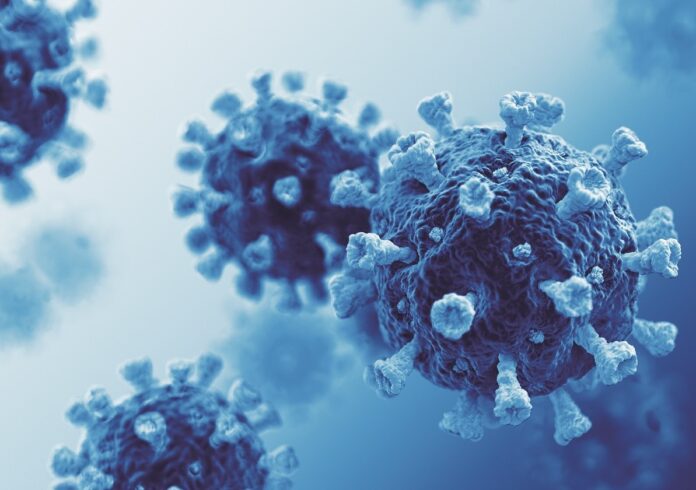The International Water Association’s COVID-19 Task Force has prepared key guidelines to support water utility planning in the COVID-19 pandemic. Here we present a shortened version of them, with the full version available online.
The COVID-19 pandemic and the widespread measures introduced in response to it have challenged water and wastewater utilities around the world to maintain what are essential services under this type of emergency. Even where pandemic or emergency management plans were in place, lessons have been learned and response plans are having to be updated.
To support utilities still facing challenges from the pandemic, and to help the process of incorporating lessons learned, the International Water Association’s COVID-19 Task Force has prepared core guidelines of a pandemic management plan, drawing on sources that have included responses to a call for utilities to share their own insights.
An important first step is to create or activate a Pandemic (or Emergency) Team to deal specifically with issues related to COVID-19. This team has the responsibility to assess the situation and to make decisions regarding the measures required. Therefore, it should consist of the decision-makers of all relevant departments.
Identify the most significant processes
With the emergency team in place, an important focus of the guidelines is the use of a management system, and the need to connect this with the most significant processes in the utility.
A good management system should already be in place. Review it, and adapt and update it. If one is not in place, use this opportunity to begin to implement a management system such as ISO9001 (or Water Safety Planning or Sanitation Safety Planning). In the short term, try to identify the most significant processes involved in drinking water supply/provision of wastewater treatment and optimise how these can be more efficient and resilient.
Start by identifying the critical operational, maintenance and laboratory processes that must not fail. A management system or risk tool can be used to assess which are the critical steps.
Identify essential equipment (e.g., PPE), as well as further essential consumable goods (e.g., chemicals), and ensure their availability through resilience of the supply chain. Increase the stocks, and check with suppliers of the main chemicals about the difficulties they could be facing.
Identify critical positions (i.e., essential employees and their backup) and possibilities to protect them. Also identify who are the employees without whom it is impossible to run the business.
When it comes to treated drinking water or treated wastewater, identify the parameters that must be maintained. Again, use a risk management system (or other tool) to assist in the identification of these parameters.
Working and operations
Utilities should promote a digitalised organisation and create opportunities for remote working. In the short term, try to identify the operational processes that can only be carried out locally, distinguishing between critical and non-critical processes. Check if the critical local tasks can be planned and controlled using digital tools, with feedback provided to field teams.
Also, develop an adapted operational plan with different options to implement based on the extent of the pandemic (e.g., depending on the specific figures for the region). Typically, operational and maintenance teams must frequently be present at the plants. If possible, promote the existence of backup or mirror teams. If necessary, contract or train additional personnel to reinforce the teams. In addition, distribute and implement mandatory safety practices.
Communication
Communication, both internal and external, is another important aspect of the guidelines.
Communicate transparently internally about COVID-19 decisions made by the utility. During the first stages of the pandemic, the rate of acceptance of the changes in behaviour needed was probably higher than the current situation because of some fatigue. The organisation needs to find new solutions to keep communicating effectively inside the organisation.
Increase the quality of the external information for customers and stakeholders, to sustain or increase confidence. Share what type of actions the utility is planning and performing. Inform customers (e.g., via your website) to confirm the safety of drinking water and treated wastewater with respect to the spread of COVID-19.
Looking ahead
Prepare a longer-term pandemic plan to sustain appropriate measures during the pandemic. It is not clear when the pandemic crisis will end. Prospects also depend on which part of the world you are in.
As part of the improvement activities, prepare a Business Continuity Plan to manage, as best as possible, the impact of the COVID-19 pandemic inside the organisation. Lessons learned should be used to prepare the organisation to deal with future events like the pandemic. •

More information
‘Water utility COVID-19 pandemic management plan – key guidelines’ is informal guidance prepared by the IWA COVID-19 Task Force. The guidelines document is available to download at: iwa-network.org/news/information-resources-on-water-and-covid-19/








